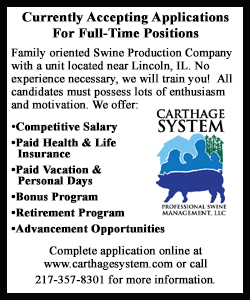|
 “When you’re young, you do things your own way, you muscle your way
through it, but sooner or later, that behavior can cause problems,”
said Michael Timko, a physical therapist and instructor at the
University of Pittsburgh who was not involved with the study. “When you’re young, you do things your own way, you muscle your way
through it, but sooner or later, that behavior can cause problems,”
said Michael Timko, a physical therapist and instructor at the
University of Pittsburgh who was not involved with the study.
“If we’re going to put a dent on the back pain issue, we should
consider training younger people about basic body mechanics like how
to lift and load and how to sit properly,” he told Reuters Health by
phone.
To examine whether heavy physical work in young adulthood increases
the risk of low back pain in midlife, Tea Lallukka from the Finnish
Institute of Occupational Health and colleagues surveyed 738 Finnish
men and women in 1986, when they were between 18 and 24 years old,
and again 20 years later.

The responses indicated whether participants had done heavy, medium
or little to no “heavy” physical work as young adults and whether,
in middle age, they’d had localized or radiating low back pain
lasting more than seven days during the previous year.
Overall, at the second survey, up to 36 percent of men and women
reported localized lower back pain, and about 20 percent reported
radiating lower back pain.
Heavy physical work was not significantly linked to localized low
back pain.
But the likelihood of radiating back pain in middle age more than
doubled for men who reported heavy physical work as young adults,
compared to men whose jobs had involved little to no physical work,
the research team reported in Occupational and Environmental
Medicine, August 11.
And for women, the risk of radiating low back pain 20 years later
was doubled in those who reported at least medium physical work and
quadrupled in those who had done heavy work, compared to those who
did little to no physical work.

[to top of second column] |

About 80 percent of adults experience low back pain at some point in
their lifetime, according to the National Institute of Neurological
Disorders and Stroke. It is the most common cause of job-related
disability and a leading contributor to missed workdays.
“Younger people should be aware that physical work could have long
lasting adverse consequences,” Lallukka told Reuters Health.
“But employers should also consider the potential risks involved,
when they place young people in jobs that require repetitive
movements, heavy workload and difficult positions,” she said.
Timko advises people with physically demanding jobs to maintain
physical fitness outside the workplace.
“Think of an athlete, they have a training regimen so when it’s time
to perform, they’re ready to perform,” Timko said.
“The same should be applied when you have a physically demanding
job--people should see themselves as occupational athletes.”
SOURCE: http://bit.ly/2bekBMG
Occup Environ Med 2016.
[© 2016 Thomson Reuters. All rights
reserved.] Copyright 2016 Reuters. All rights reserved. This material may not be published,
broadcast, rewritten or redistributed.
 |